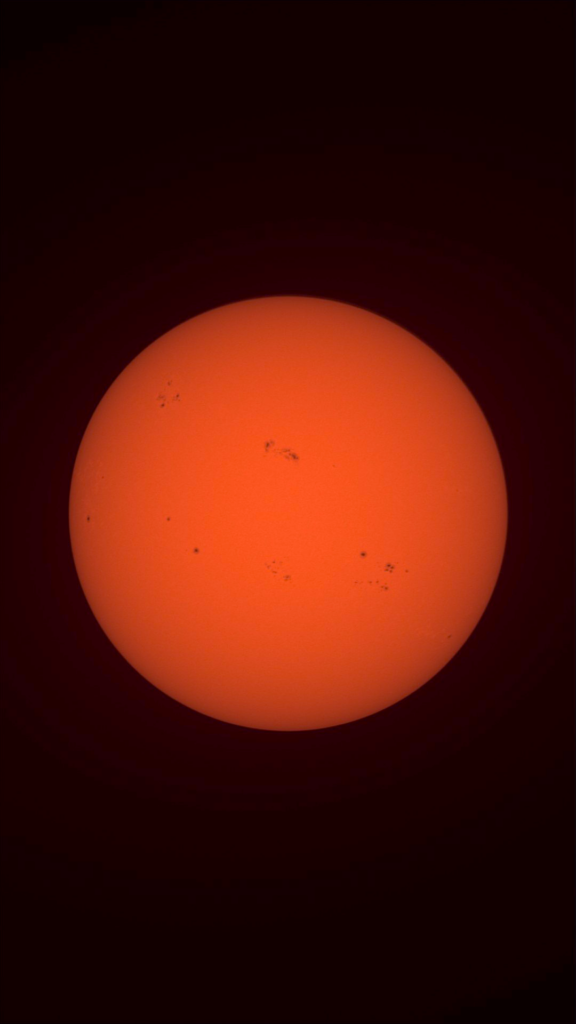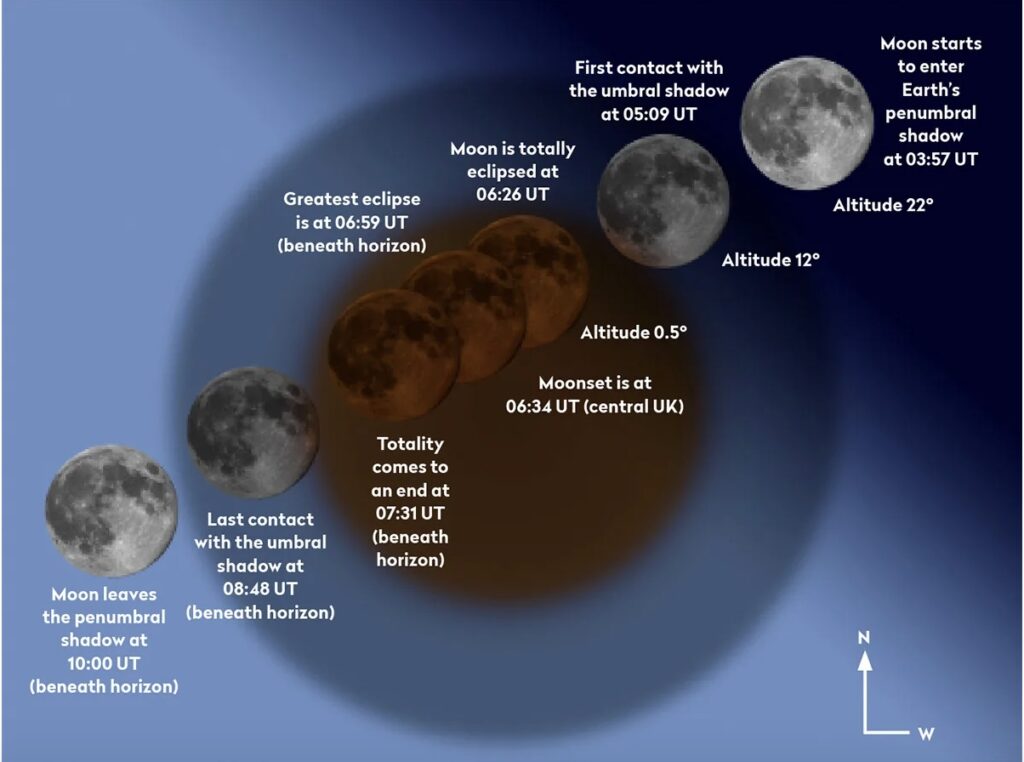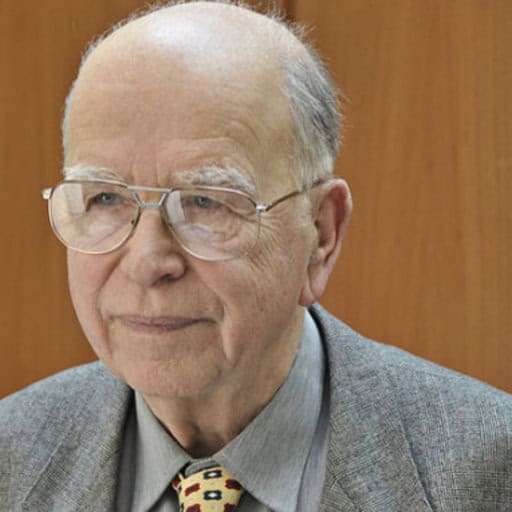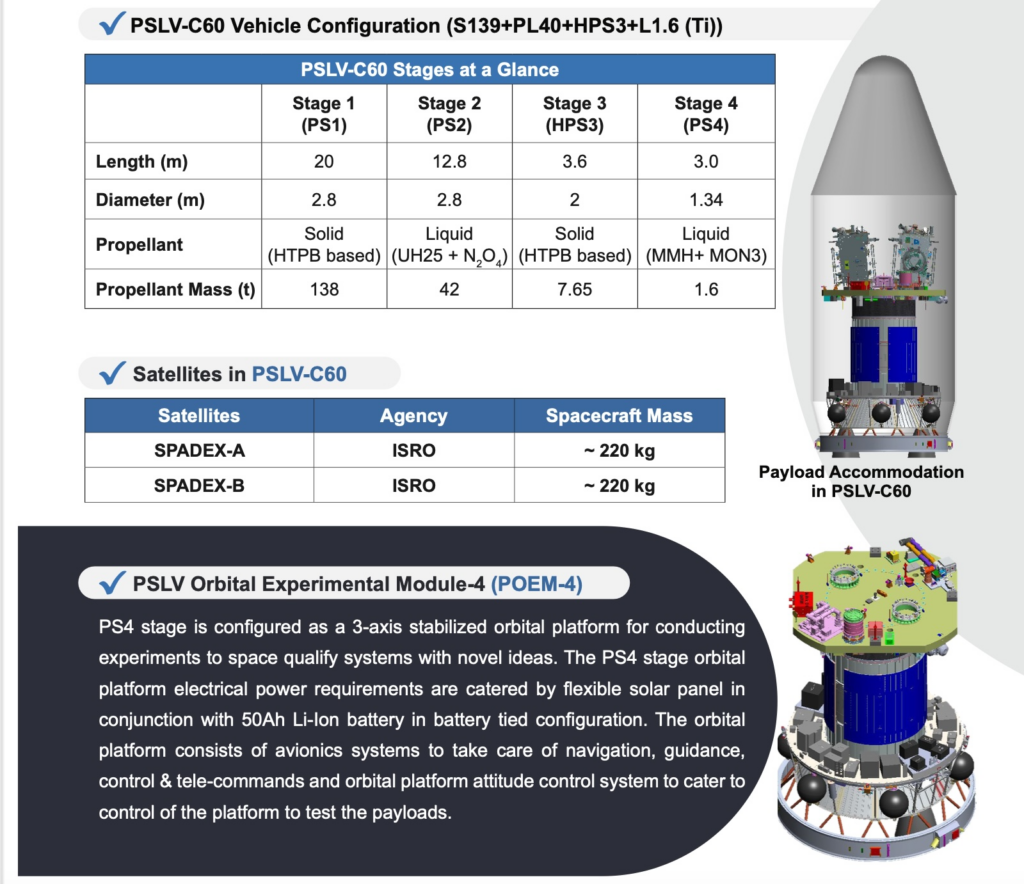Early on Saturday, 29 March 2024, the clouds cleared and a partial solar eclipse was visible in the sky from Puerto De La Cruz in Tenerife. Surprisingly, it was the first clear day and sunny for almost a week.
The sunspot activity was not particularly high, despite the fact that, right now, the sun is going through a maxima in its 11 year cycle. For comparison, I have included a picture of the sun from December last year. Note the increased amounts of sunspots compared with those seen during today’s partial solar eclipse.
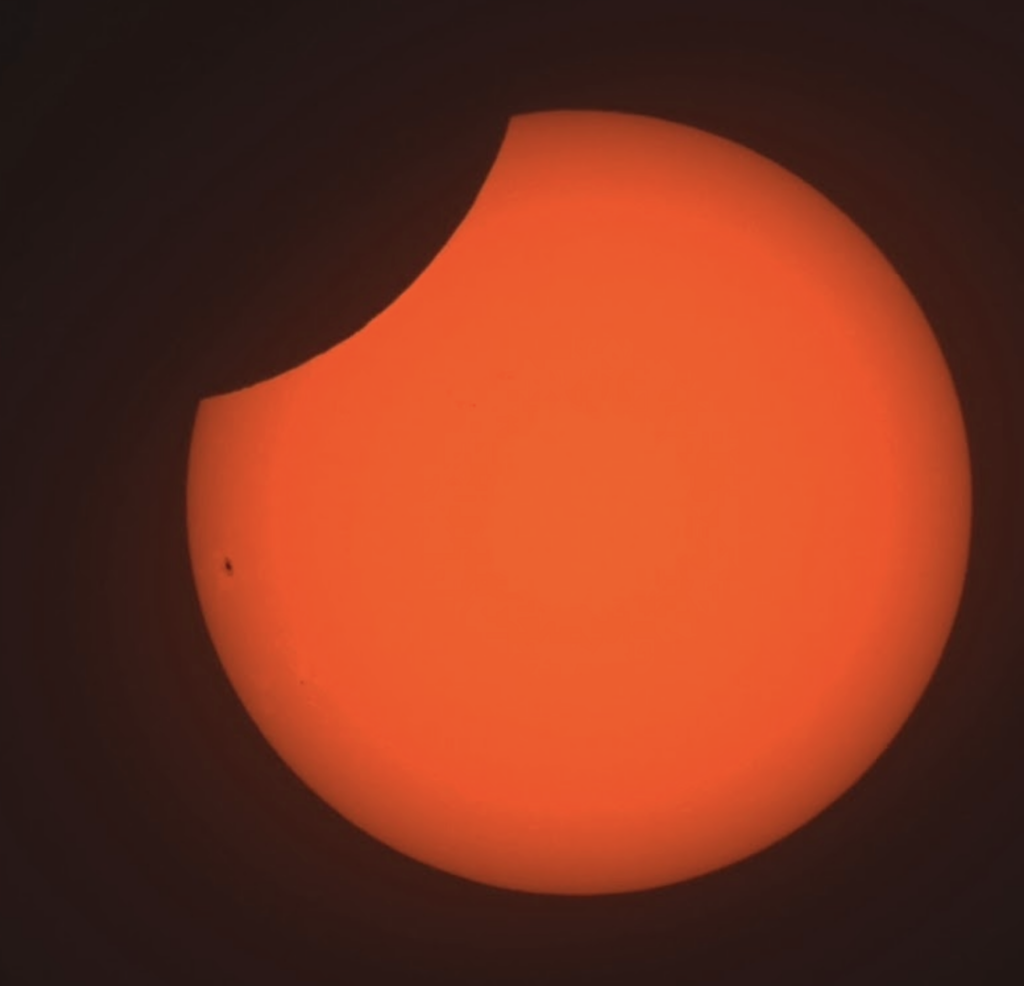
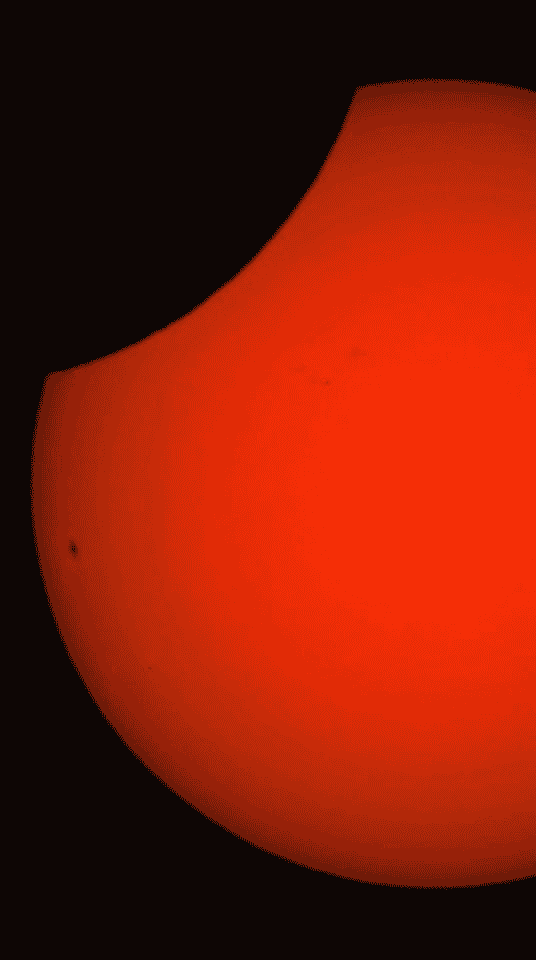
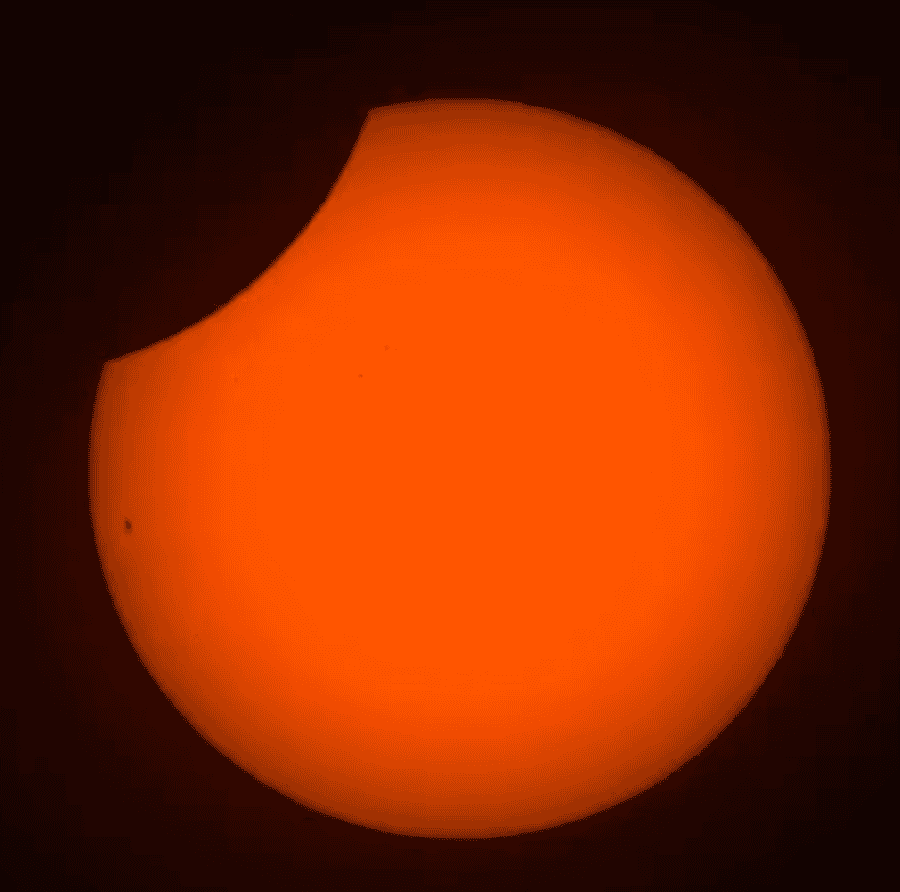
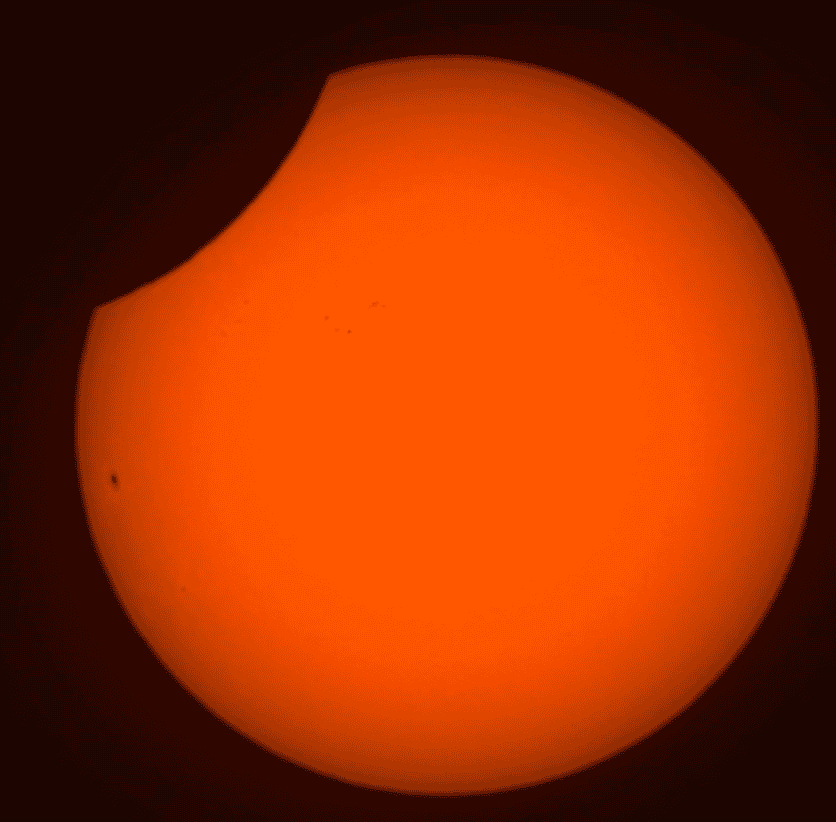
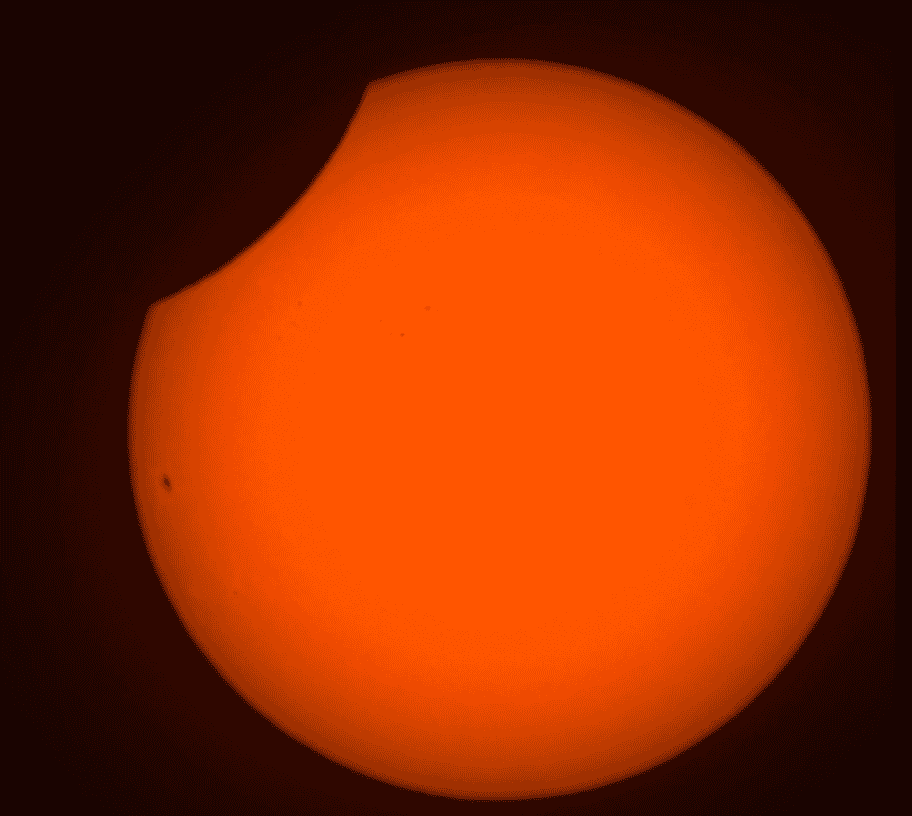
A brief time-lapse video
Here is one from last year
